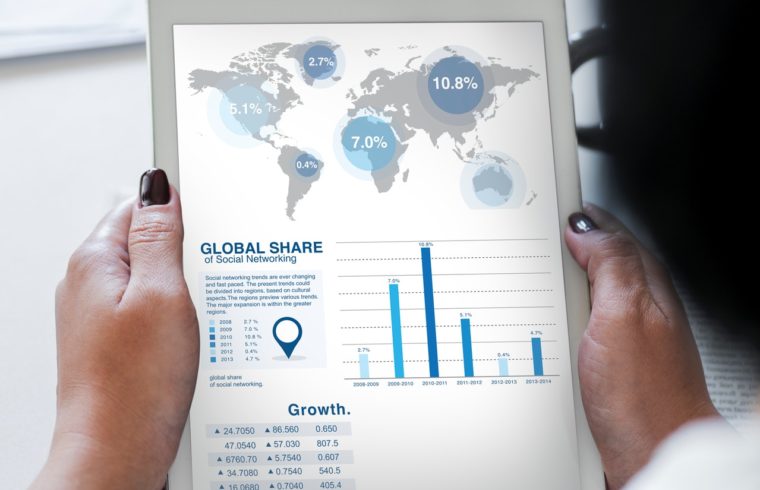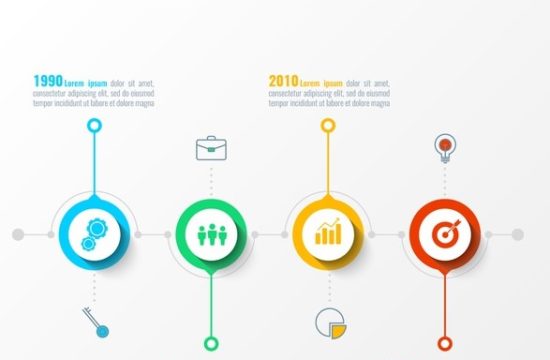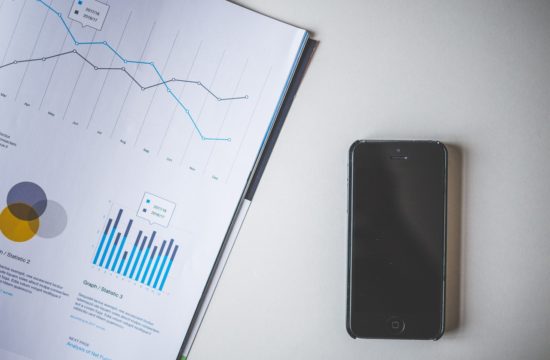Purpose and background:
Industry analysis, for an entrepreneur or a company, is a method that helps it to understand its position relative to other participants in the industry. It helps them to identify both the opportunities and threats coming their way and gives them a strong idea of the present and future scenario of the industry. The key to surviving in this ever-changing business environment is to understand the differences between yourself and your competitors in the industry and using it to your full advantage.
Scope and responsibilities:
To get a sense of what is happening in an industry, one must study demand-supply statistics, degree of competition within the industry, state of competition of the industry with others, future prospects of the industry in accordance to technological changes, credit system within the industry, and also the influence of external factors on the industry.
Procedure and methodologies:
A) Differentiating between industry and sector and identifying the appropriate industry: The first step in beginning the analysis is identifying the correct industry and at the same time, distinguishing between industry and sector. Though used interchangeably, there are differences between the two.
While a sales outlet, FMCG company, Consumer durable all belong to the Indian consumer sector but each of these are from a different industry.
Similarly a pharma, diagnostic sector as well as a hospital all belong to the healthcare sector, but each of them belong to a different industry which operates on
different metrics and dynamics.
Hence, distinguishing the right trade is imperative to grasp these dynamics.
B) Understanding the forces of demand and supply: To understand an industry you need to have knowledge regarding the total market demand as well as supply for the particular product or service. These forces of demand and supply control the market and are instrumental in studying the trend formed in the industry do market sizing with maximum precision, because inaccurate industry
forecast will cause grave errors in trend identification and strategic designing.
C) Identifying the industry life cycle: An industry goes through 4 different cycles: introduction, growth, maturity and decline. To analyze an industry one first needs to determine at which stage the particular industry is. For example: E-commerce companies will be at a different cycle than an established telecom company. Each stage helps us to know the future prospects and assess the risk-reward metrics of the industry. We also need to determine whether the industry is making the most of the stage it is undergoing.
D) Desk research: An analyst must go through the available reports of the relevant industry to get an idea as to how the developments have panned out over a period of time. It is not advisable though to depend on the existing reports alone as industries change over a period of time.
Needless to mention, the information available in the industry research reports should be absolutely latest, otherwise it would not show the findings in true light.
Some of the sources where you can find reliable and informative industry reports are IBIS World, IBEF, stock broking companies like Motilal Oswal, Sharekhan, IIFL, Euromonitor international, Dun and Bradstreet, CRISIL, EY, KPMG, PWC etc.
E) Knowledge of relevant industry metrics: For industry analysis, it is imperative to have in depth knowledge about the industry specific performance metrics.
Some of the widely used industry specific metrics are:












